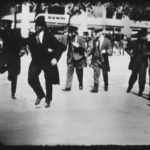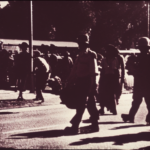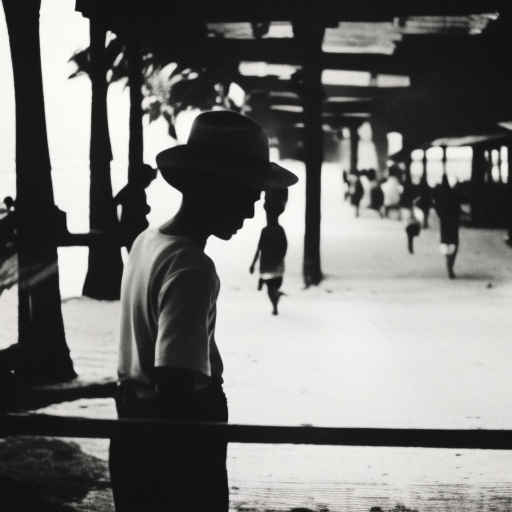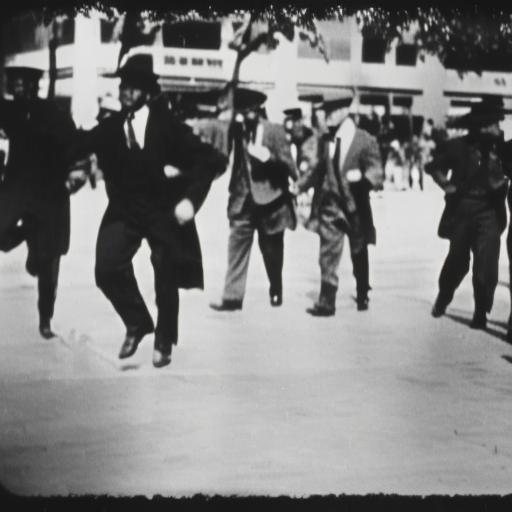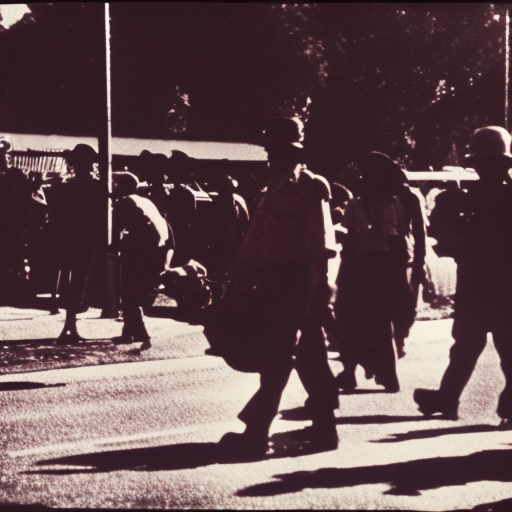The Contras in Nicaragua
The Contras were a paramilitary group formed in the 1980s to oppose the Sandinista government in Nicaragua. The conflict between the Contras and the Sandinistas was part of a larger Cold War struggle between the United States and the Soviet Union. The Contras were supported by the United States, while the Sandinistas received aid from the Soviet Union and Cuba.
Background:
In 1979, the Sandinista National Liberation Front (FSLN) overthrew the Somoza dictatorship in Nicaragua. The Sandinistas implemented a series of socialist policies and aligned themselves with the Soviet Union and Cuba. However, their rule was met with opposition from various groups, including former members of the National Guard and other right-wing elements.
The Formation of the Contras:
In response to the Sandinista government, the United States began supporting various anti-Sandinista groups, which eventually coalesced into the Contras. The name “Contras” was derived from the Spanish word for “counter-revolutionaries.” The Contras were primarily composed of former members of the National Guard, as well as other right-wing militias and indigenous groups.
U.S. Support:
The United States provided significant support to the Contras, both overtly and covertly. Initially, the support was overt, with the U.S. providing funding, training, and weapons to the Contras. However, after the U.S. Congress passed the Boland Amendment in 1984, which prohibited direct U.S. military aid to the Contras, the Reagan administration resorted to covert methods. This included the illegal sale of arms to Iran, with the proceeds being funneled to the Contras.
Human Rights Abuses:
The Contras were notorious for their human rights abuses during the conflict. They engaged in acts of terrorism, including bombings and assassinations, targeting not only Sandinista officials but also civilians. The Contras were accused of widespread human rights violations, including torture, rape, and forced displacement.
International Response:
The Contra-Sandinista conflict drew international attention and condemnation. Human rights organizations, such as Amnesty International and Human Rights Watch, documented the abuses committed by both sides. The International Court of Justice also ruled against the United States in a case brought by Nicaragua, finding the U.S. guilty of violating international law by supporting the Contras.
End of the Conflict:
The Contra-Sandinista conflict came to an end in the late 1980s through a combination of factors. The Sandinistas faced economic difficulties and pressure from the international community to democratize. In 1989, they agreed to hold free elections, which they subsequently lost to the opposition coalition led by Violeta Barrios de Chamorro. This marked the end of Sandinista rule and the beginning of a period of political stability in Nicaragua.
Legacy:
The Contra-Sandinista conflict had a lasting impact on Nicaragua. The country suffered significant economic and social damage as a result of the conflict. The Contras’ human rights abuses left a deep scar on the nation, and the wounds of the conflict are still felt today. The legacy of the Contras continues to be a contentious issue in Nicaraguan politics, with debates over accountability and justice for the crimes committed during the conflict.
In conclusion, the Contras in Nicaragua were a paramilitary group supported by the United States to oppose the Sandinista government. The conflict between the Contras and the Sandinistas was part of the larger Cold War struggle between the United States and the Soviet Union. The Contras were notorious for their human rights abuses, and their actions drew international condemnation. The conflict came to an end in the late 1980s, and Nicaragua transitioned to a period of political stability. However, the legacy of the Contras and the scars of the conflict continue to impact Nicaraguan society.
